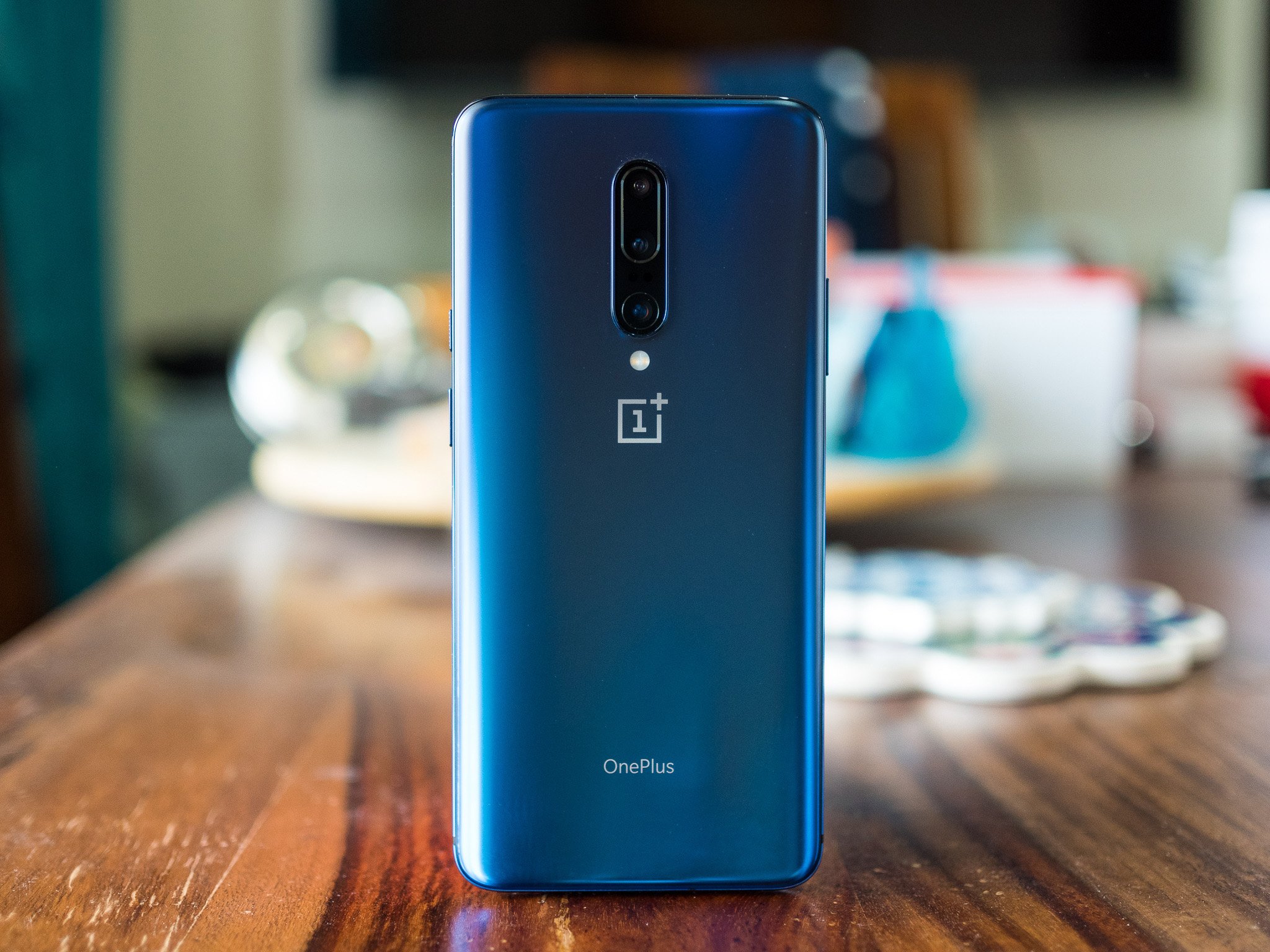The A+ rated Pixel 4 display also has "added smarts" to adjust between 60Hz and 90Hz. Google needs to add some more, apparently.
Almost everyone loves a display with a high refresh rate. Whether it's on a monitor, a television or a smartphone, a high refresh rate looks smoother and overall more appealing to our eyes. That's why a sudden slam back down to 60Hz from 90Hz, as seen in the Pixel 4, is so jarring and horrible. It's a flaw that google needs to address, but it looks like it was intentional.
If you fast forward to the 44:21 mark in Google's Pixel 4 presentation, you'll notice that Google's VP of product management Sabrina Ellis mentions that Google "added some smarts that allows the refresh rate to adjust on its own depending on what you are doing" while talking about the award-winning Pixel 4 display.
What Ellis says is true. While everything is cranked up and bright, the 90Hz display is awesome, and Google also brought the Nest Hub's Ambient EQ feature to the Pixel, which works really well.
Further proof Google's tinkering was found by XDA Editor-in-Chief, Mishaal Rahman, in the phone's source code. The Pixel 4 display is set to drop back down to 60Hz when the display brightness is under 75%. But wait, there's more! Jeff Springer did some testing and found that if the ambient light sensor detects bright light, the display is forced to 90Hz regardless of the screen brightness.
Sometimes not making something smart is the better way.
It's starting to look like Google's "added smarts" aren't that smart after all. All of this high-tech wizardry fails to make sure the display looks great all of the time. And if you dig just a little deeper, you start to get the feeling that Google wants the display and the refresh rate to work exactly the way it does based on some physics or even a medical hypothesis.
The goal of any smartphone maker is to have a screen that looks great. That means it needs to be properly color calibrated and covered with something that gives a great viewing angle while resisting smudges and gunk from our fingers. Of course, this needs to be done on a high-quality panel. Some of that hardware determines how the display is dimmed between frames. Apparently, Google is using hardware that differs from other 90Hz refresh rate devices from manufacturers like OnePlus or Xiaomi. Redditor Lojcs breaks it down.
I think it has to do with Google Pixels using PWM dimming, while other high refresh rate Oled phones like OnePlus, Xiaomi and Asus all use DC dimming. In DC dimming (aka anti-flicker), pixels are dimmed by supplying less voltage to them.
There are good reasons to use PWM (Pulse Width Modulation) in your display tech. The biggest of them is that it prevents burn in — a big problem that plagued the Pixel 2 XL. A drawback is that you can't notice a higher refresh rate at a lower intensity (read: brightness) because the screen is dimmed for a longer interval. At least on paper. While science and math all say that our eyes won't see the difference, user feedback says otherwise. And user feedback is what matters most if you want to sell a thing. Fun fact: OnePlus gets around this by using both PWM and DC dimming on its 90Hz displays.
But maybe it has nothing to do with PWM dimming. Google is big on science and math but it is also big on making products that are more healthy to use. Which brings us to the really weird part of all of this and how Google may be using something called the Ferry-Porter Law, which states that our perception of flicker increases with the luminance of the stimulus. Thank you, Redditor defet_ for teaching us about this one.
Screen flickering is a real health concern. Could Google be trying to address it in its own weird way?
There is a thing known as CFF (Critical Flicker Fusion) and it's a medical term that deals with how our eyes see flickering lights and the health effects from them. This is important in three key areas: lighting, display refresh rate, and display frame rate. There are plenty of great resources on the web to read more about CFF but the gist of it all is that when our eyes sense flickering light we are subject to intense headaches. Many of us know this is true. Since we spend so much time with a phone in our faces, preventing this is kind of important.
In theory, what Google is doing — using PWM dimming, adjusting refresh rate based on display brightness, and adjusting refresh rate based on ambient brightness — is good stuff. It will keep the Pixel 4 screen from burning in and it can help people who suffer headaches when their eyes perceive flickering. But someone got the settings all wrong if this is the case. Shifting color calibration and dropping refresh rates are going to need "added smarts" that are really, really smart to get right. Maybe this is something that should have been tested a little longer or an idea that should have been nixed.
Or maybe none of these reasons are why it's happening. What I am sure of is that looking into the issue was a fun ride.
Google Pixel 4
The Pixel 4 is designed for consumers looking for a compact yet powerful smartphone. Like its predecessors, the Pixel 4 is extremely impressive in the camera department. With features like improved Night Sight, you can click great photos even in low-light. The phone also comes with the other impressive features such as Motion Sense, secure face unlock, and the new Google Assistant.

Tidak ada komentar:
Posting Komentar